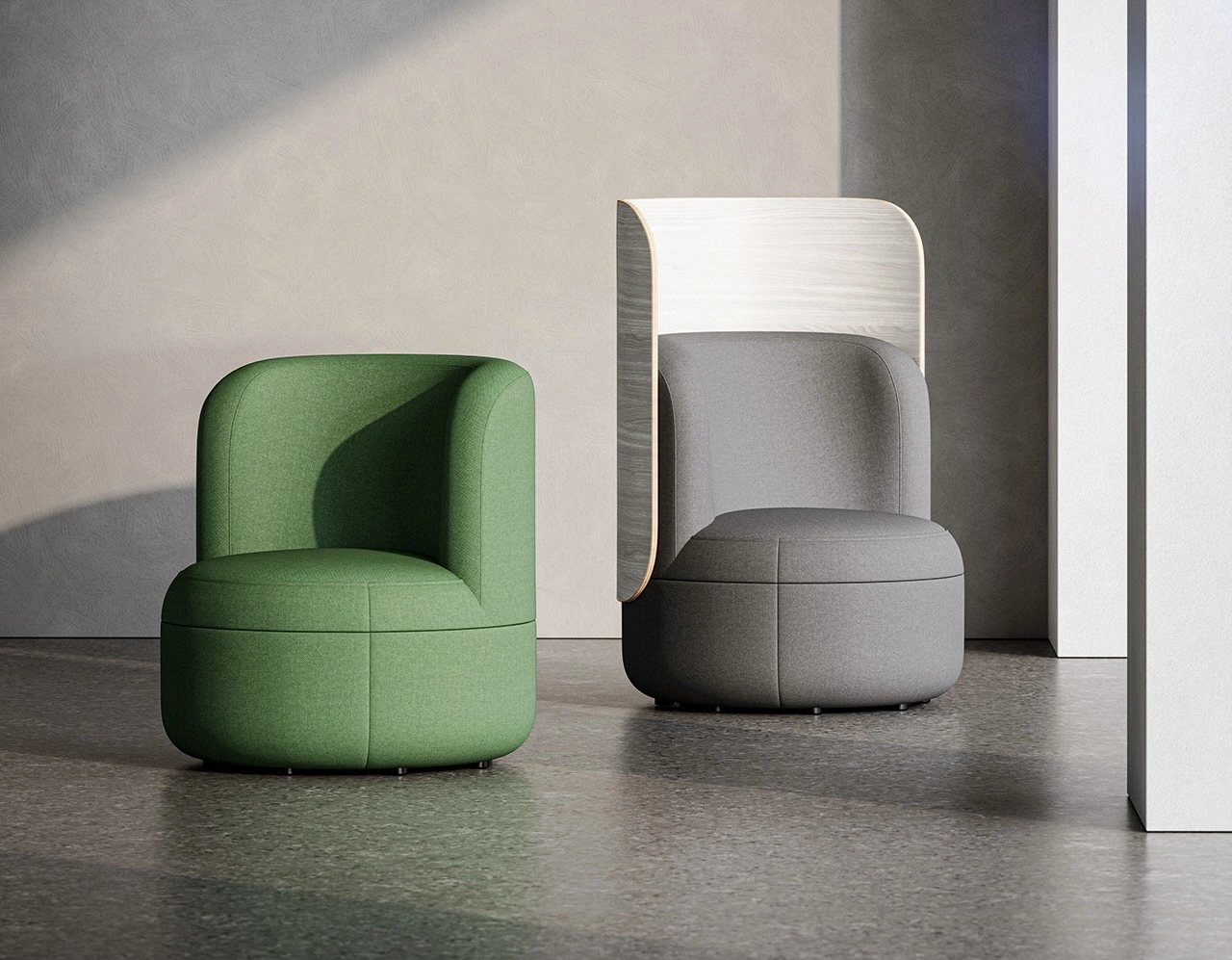When the 1967 Cadillac Eldorado rolled onto the automotive scene, it wasn’t just a car—it was a statement. Sleek, elegant, and brimming with innovation, the Eldorado was Cadillac’s answer to the burgeoning demand for personal luxury coupes in the late 1960s. As the brainchild of General Motors’ legendary design chief Bill Mitchell, the 1967 Eldorado combined avant-garde styling with groundbreaking engineering, carving out a unique space in the world of American luxury automobiles.
Mitchell, known for his penchant for bold design and progressive thinking, regarded the 1967 Eldorado as one of his “personal favorites.” This 2000-word exploration dives into the genesis, design, engineering, cultural impact, and enduring legacy of this iconic car.
The Vision: Bill Mitchell’s Masterpiece
Bill Mitchell succeeded Harley Earl as General Motors’ head of design in 1958, and under his leadership, GM embraced a new era of automotive style. While Earl favored ornate, chrome-heavy designs, Mitchell’s aesthetic leaned toward sleek, refined lines inspired by European grand tourers. The 1967 Eldorado exemplifies Mitchell’s vision of blending American luxury with European-inspired sophistication.
Mitchell once described the Eldorado as “a car that looks like it’s moving even when it’s standing still.” With its razor-sharp edges, low profile, and long, uninterrupted body lines, the Eldorado epitomized this philosophy. It was Cadillac’s first serious foray into the personal luxury market, designed to rival the Ford Thunderbird and Buick Riviera.
Design: A Masterpiece of Simplicity
The 1967 Eldorado introduced a new design language for Cadillac. Its crisp, angular silhouette broke from the traditional baroque styling of previous models. It was a bold departure, yet it retained Cadillac’s trademark opulence and presence.
•Exterior Styling:
The Eldorado featured a clean, fastback roofline that flowed seamlessly into the rear deck. Its long hood and short rear deck proportions emphasized power and prestige, while hidden headlights—tucked neatly behind retractable covers—added an air of sophistication. The front grille was wide and imposing, flanked by subtle fins that nodded to Cadillac’s iconic tailfin era without overwhelming the design.
•Interior Luxury:
Inside, the Eldorado exuded the kind of luxury that Cadillac was known for. Plush leather seats, woodgrain accents, and a dashboard laden with cutting-edge technology defined the cabin. From power-adjustable seats to climate control, every detail was designed to pamper its occupants.
Engineering: Breaking New Ground
The 1967 Cadillac Eldorado wasn’t just about aesthetics; it was a technological marvel. Beneath its elegant exterior lay some of the most advanced engineering of its time.
•Front-Wheel Drive Innovation:
The Eldorado was Cadillac’s first front-wheel-drive vehicle, sharing its innovative drivetrain with the Oldsmobile Toronado. This layout allowed for a roomier cabin, better weight distribution, and improved handling compared to traditional rear-wheel-drive coupes. Cadillac’s engineers paired the front-wheel-drive system with a 429-cubic-inch V8 engine that produced 340 horsepower and 480 lb-ft of torque, providing smooth and effortless performance.
•Advanced Suspension:
The Eldorado featured torsion bar front suspension and a rear leaf spring setup, ensuring a smooth, composed ride. Combined with the front-wheel-drive layout, the car delivered exceptional stability and traction, even in challenging road conditions.
•Safety Features:
Cadillac equipped the Eldorado with a host of safety features, including front disc brakes and optional anti-lock braking (a rarity at the time). These innovations underscored Cadillac’s commitment to combining luxury with advanced engineering.
Cultural Impact: A Symbol of Prestige
The 1967 Cadillac Eldorado quickly became a symbol of success and sophistication. Its sleek design and cutting-edge technology appealed to affluent buyers who sought a car that reflected their status and individuality. Celebrities, business tycoons, and style icons of the era were drawn to the Eldorado, cementing its place in American pop culture.
Bill Mitchell’s vision of the Eldorado as a personal luxury coupe resonated with a generation that valued self-expression and exclusivity. Unlike larger, more formal Cadillacs of the time, the Eldorado was personal—a car designed for the driver, not the chauffeur.
Marketing and Reception
Cadillac marketed the 1967 Eldorado as a car for the discerning individual. Advertisements emphasized its revolutionary design, advanced engineering, and unparalleled luxury. The tagline “The Eldorado is Cadillac at its most daring” encapsulated the car’s appeal.
Critics and buyers alike praised the Eldorado for its styling, performance, and refinement. Motor Trend named it the Car of the Year for 1967, a testament to its groundbreaking impact on the automotive world.
Bill Mitchell’s Affection for the Eldorado
For Bill Mitchell, the 1967 Eldorado represented the culmination of his design philosophy. In interviews, Mitchell often referred to the Eldorado as one of his proudest achievements, alongside the Chevrolet Corvette Stingray and the Buick Riviera. He believed that the Eldorado captured the essence of Cadillac’s heritage while pushing the brand into uncharted territory.
Mitchell’s passion for the Eldorado was evident in his personal use of the car. He famously kept a custom-painted 1967 Eldorado in his private collection, demonstrating his deep connection to the design.
Legacy and Influence
The 1967 Cadillac Eldorado set a precedent for future generations of personal luxury cars. Its innovative design and engineering influenced not only Cadillac’s lineup but also the broader automotive industry.
•Design Evolution:
The Eldorado’s angular styling became a hallmark of Cadillac design in the 1970s and 80s. Subsequent models refined and expanded on the themes introduced in 1967, ensuring that the Eldorado remained a flagship model for decades.
•Front-Wheel Drive Adoption:
The success of the Eldorado’s front-wheel-drive system encouraged other manufacturers to explore similar layouts, particularly in the luxury segment. The layout became a standard feature in many American cars, thanks to its space-saving and performance benefits.
Collectibility and Modern Appreciation
Today, the 1967 Cadillac Eldorado is highly sought after by collectors and enthusiasts. Its iconic design, limited production numbers, and historical significance make it a prized addition to any classic car collection.
Restored examples of the 1967 Eldorado often command high prices at auctions, reflecting its enduring appeal. For many, the car represents a golden era of American luxury and innovation—a time when Cadillac truly lived up to its tagline, “The Standard of the World.”
A Timeless Icon
The 1967 Cadillac Eldorado stands as a testament to Bill Mitchell’s vision and Cadillac’s commitment to innovation. It wasn’t just a car; it was a revolution—a bold statement that redefined what a personal luxury coupe could be. From its groundbreaking front-wheel-drive system to its timeless design, the Eldorado continues to inspire and captivate car enthusiasts 56 years after its debut.
For Bill Mitchell, the Eldorado was more than a project; it was a passion, a masterpiece that reflected his belief in the power of design to transcend mere functionality. As he once said, “Cars should stir emotions. They should be exciting to look at and drive.” The 1967 Eldorado achieved both, earning its place in the pantheon of automotive greatness.
As we reflect on this classic’s legacy, the 1967 Cadillac Eldorado remains a shining example of what happens when artistry, engineering, and vision come together. It’s a car that will forever occupy a special place in the hearts of those who admire the intersection of style and substance—a true icon of American luxury.
No comments yet.








